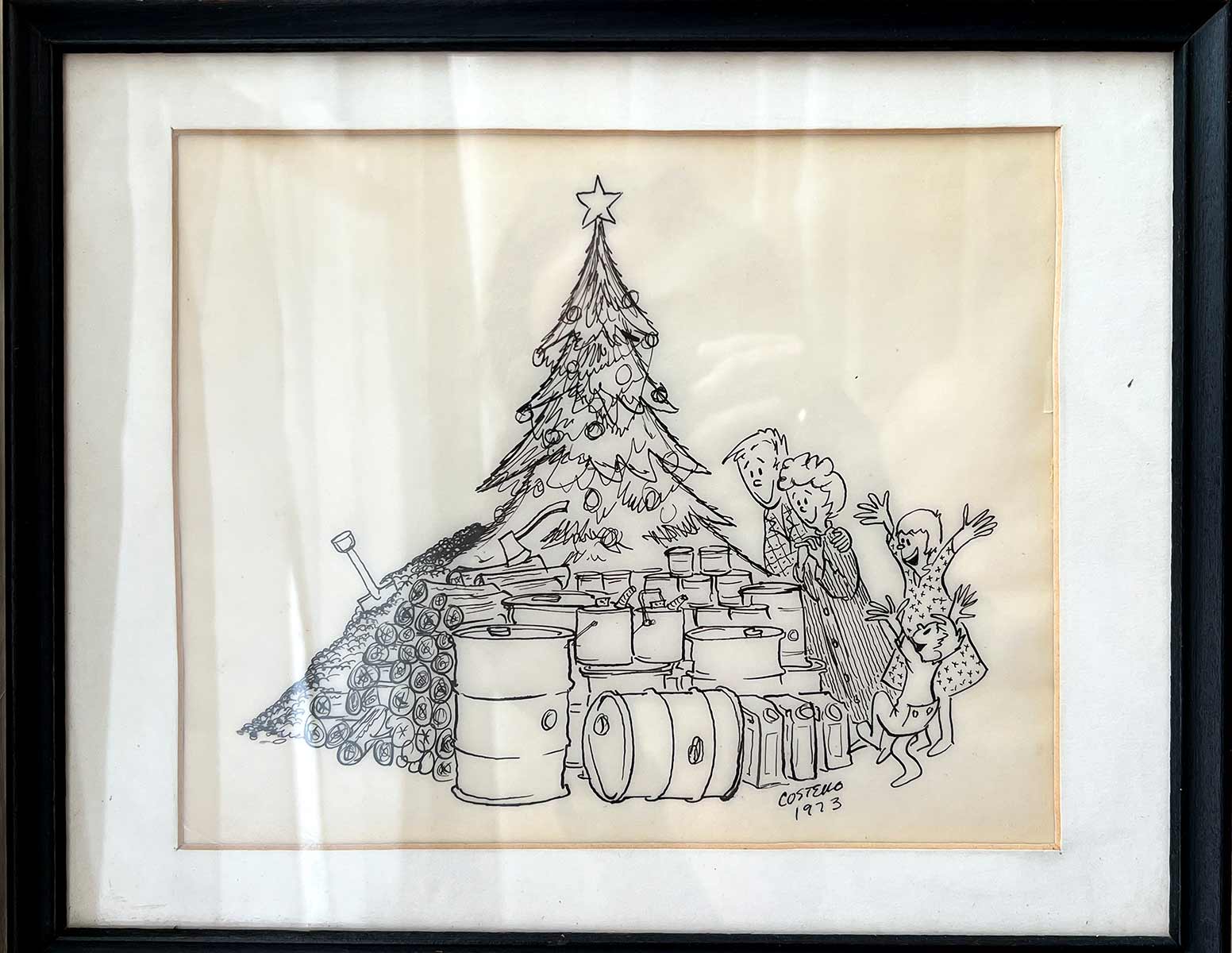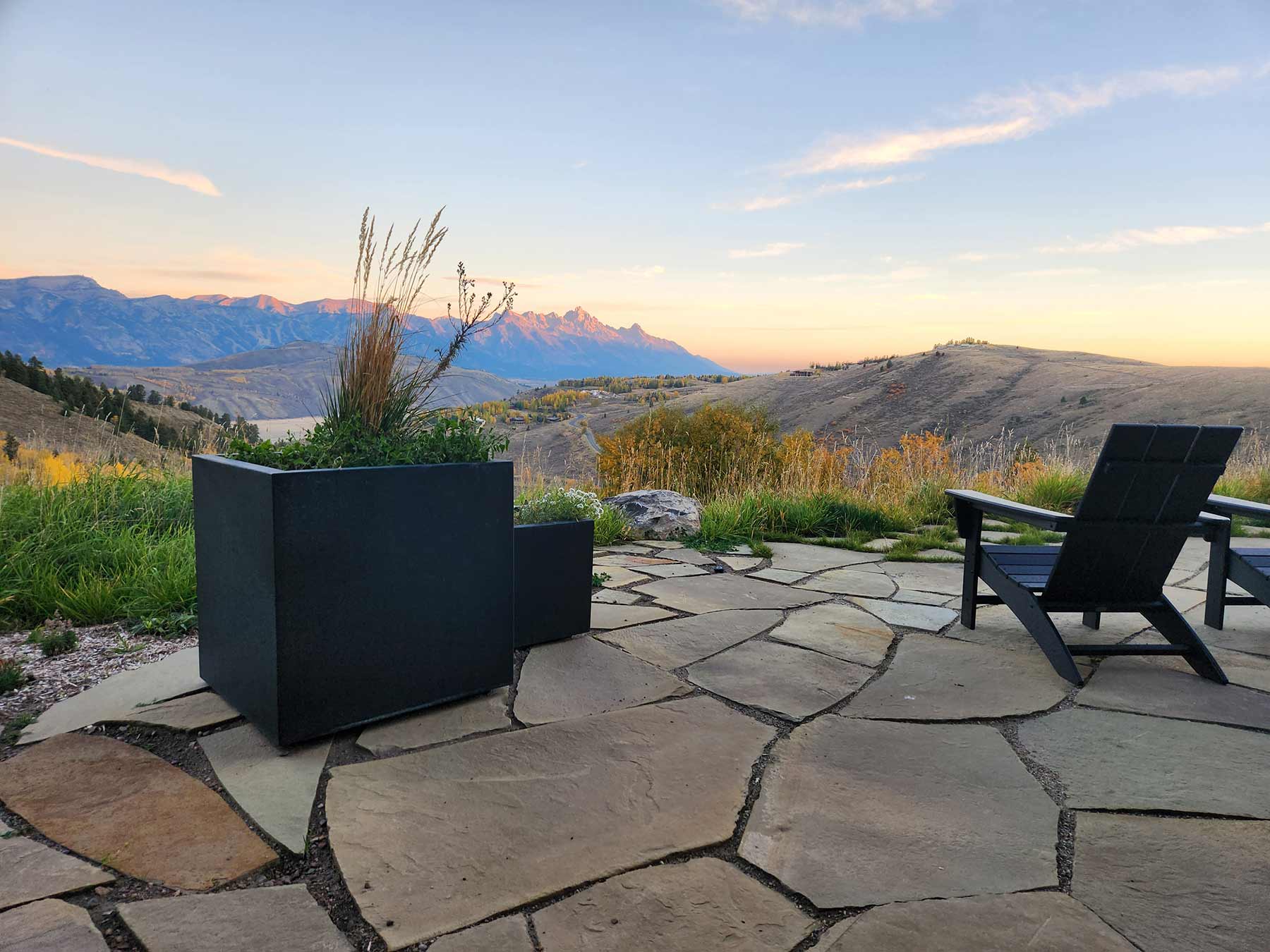Buildings can make you sick. In fact, indoor air can contain significantly more pollutants than outdoor air! These trapped pollutants lead to myriad symptoms and preventable employee absenteeism. In contrast, Joseph Allen at Harvard’s School of Public Health, states that buildings with higher air quality and better ventilation can raise employees’ cognitive function, impacting focus and performance.
The concept of Sick Building Syndrome (SBS) may not be new for some of you. It has been prevalent since 1973. The political and environmental climate at that time lead to our current pressures on humanity, the environment, and our resources. But hindsight is 20/20.
“All this has come about because of the sudden rise and prodigious growth of an industry for the production of man-made or synthetic chemicals with insecticidal properties. This industry is a child of the Second World War. In the course of developing agents of chemical warfare, some of the chemicals created in the laboratory were found to be lethal to insects. The discovery did not come by chance: insects were widely used to test chemicals as agents of death for man.”
― Rachel Carson, Silent Spring, Published 1962

When did Sick Building Syndrome become a problem?
Focusing on Sick Building Syndrome, let’s dive into what it is, how it impacts us, and how we adjust our practices for a healthier future.
The 1970s have been coined “the environmental decade”. It marks a time in history when our nation started recognizing a change was necessary in our energy usage and reliance on fossil fuels. In 1973 an Arab oil embargo spurred a drastic shift in the United States’ energy initiatives, and kick-started the development of energy-efficient, airtight buildings. In essence and at that time, the lower a house’s “air changes per hour” (ACH), the more it could promise in energy and cost savings.
…and this led to an increase in poor indoor air quality,
…and increased the negative health impacts of time spent indoors.
…a recipe for Sick Building Syndrome.
Sick building syndrome (SBS) is a condition where people develop symptoms of illness or become infected with chronic disease from the build in which they work or reside. These symptoms include, but are not limited to:
- Mucous membrane irritation to the eyes, nose, and throat
- Headache
- Unusual tiredness or fatigue; lethargy
- Skin irritation
- Neurotoxic or general health problems
- Irritability
- Forgetfulness
- Inability to focus
- Infectious diseases
- Odor and taste sensations
- Poor lighting conditions lead to general malaise
The dark side of saving energy
As alluded to earlier, the EPA shares that indoor air can contain 2–5x more pollutants than outdoors, due to issues ranging from moisture and mold to carbon monoxide poisoning and asthma. The source of these issues includes poor filtration, bad ventilation, human behavior, and off-gassing from indoor products and finishes. This marked a milestone in the timeline of buildings, and we closed ourselves in.
I mentioned hindsight earlier because it wasn’t until 2011 that the Institute of Medicine published a thorough report asserting that the pursuit of more energy efficient buildings due to concerns over climate change “may worsen existing indoor environmental problems and introduce new ones.” While well-intentioned, the attempts at energy conservation at that time (overly tight new construction, weatherproofing, retrofitting) reduced ventilation to dangerously low levels, and exposed occupants to vast indoor air pollutants (asbestos, formaldehyde, radon, VOCs, and more).
Sick Building Syndrome didn’t take until 2011 to show its ugly head, however. In the 1980s, less than 10-years after the energy crisis began, occupants of offices, schools, libraries, and residences began showing the impacts of SBS. Workplaces are often the most common occurrence of SBS. Shockingly, it is estimated that 30% of all offices buildings in the US could be sick. When it comes to the workplace, SBS reduces efficiency and increases absenteeism to a palpable extent. This is NOT what corporations want for their bottom line, or company culture.
Back in the -70s and -80s, one of the largest indoor air pollutants was cigarette smoke. We now know the devastating effects of those carcinogens and have eliminated almost all environments that allowed for smoking indoors. Today, our greatest pollutants are tied to myriad systems and objects within our environments: combustion sources in heating and cooking, cleaning products, paints, pest control, and building materials. These sources release harmful carbon monoxide and particulate matter directly into the indoor environment, introduce many different chemicals, including VOCs (volatile organic compounds), directly into the indoor air, and materials often shed dangerous particulates through degrading materials (such as, asbestos fibers from insulation) or from new materials (i.e. formaldehyde and chemical off-gassing from pressed wood products). It’s also common to find harmful substance indoors of natural origin, such as radon, mold, and pet dander.
From a health and wellness standpoint, it’s time to put pressure on the built environment, and the AEC industry as a whole. For instance, some products out there today are touted as “the best” but in reality are not healthy for people or good for the planet. One such product is Spray Foam Insulation – a material that took the world by storm with LEED credits and energy-wise results, yet is toxic! It is a known carcinogen, endocrine disruptor, and particulate pollutant of our waterways and and soils. How can we let this continue? Especially when there are high-performing, healthy, regenerative options out there.
We’re a generation of humans who spend a minimum 90% of our time indoors – for all our activities – work, play, reside. We’re a generation of individuals who continually further ourselves from nature in almost every way. We’ve replaced daylight with artificial light, replaced operable windows for air exchange systems, and we’ve poisoned our wells and waterways with toxins, waste and micro plastics. We attempt to mimic nature with synthetic, toxic alternatives.

A breath of fresh air: Designing for a healthier future
Consider this: what is best and healthiest for people it is inherently healthy for the planet.
With this in mind…
Would you design differently?
Would you build differently?
Would you live differently?
Recognize how much we’ve closed ourselves in…how nothing fresh comes in, and nothing stale goes out. Now that we’re aware, we have the opportunity to think, operate, design, and manage differently. Amid the scary outcomes, there is still a silver lining.
What choices and decisions will you make once you realize the importance of putting your health–and the of your family–first? Many solutions are simple: Opening the windows more, reading the labels on your cleaning products, choosing better paints, finishes, mattresses and furniture.
And yet many solutions will take all of our efforts, care and expertise.
A Harvard blog powerfully claims that the health concerns associated with Sick Building Syndrome are “the defining environmental problem of our time” and I’m tempted to agree with the severity of the writer’s statement.
Alongside the energy solutions that caused an increase in poor indoor air quality and sick buildings, this also became the era that explored new territories of alternative, renewable energy sources. Ingenuity abounded in solar and wind technologies, and laid the foundations for a more renewable future. As architects and designers we are responsible for encouraging more positive development of our practice in this way. We have to hold ourselves accountable for executing healthy buildings, and not to settle for less.
Blair Costello
An intuitive problem solver, Blair listens to and dissects underlying currents of information to achieve thoughtful solutions alongside an innate sensitivity to the fluid energy of spaces and experiences. Blair uses her skills to compose interior architecture that responds to the rhythms and rituals of each client, and helped develop the Vera Iconica Wellness Kitchen. She believes in healing through nature, behavior, and lifestyle, which has led to her specialization in indoor environments and materials that enhance wellbeing.